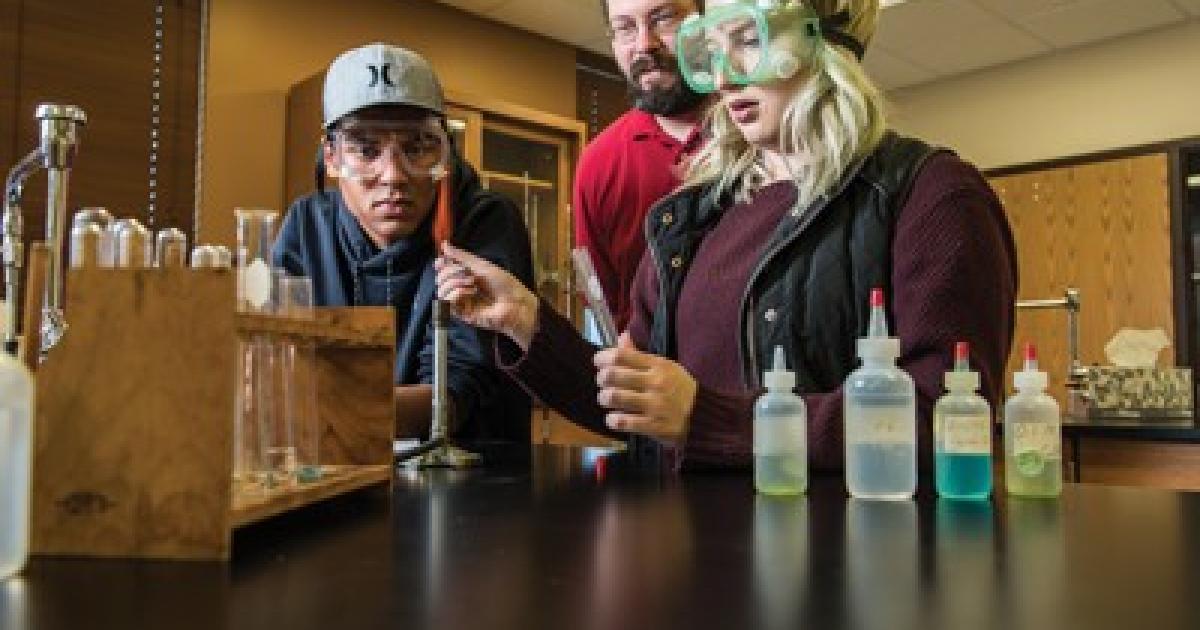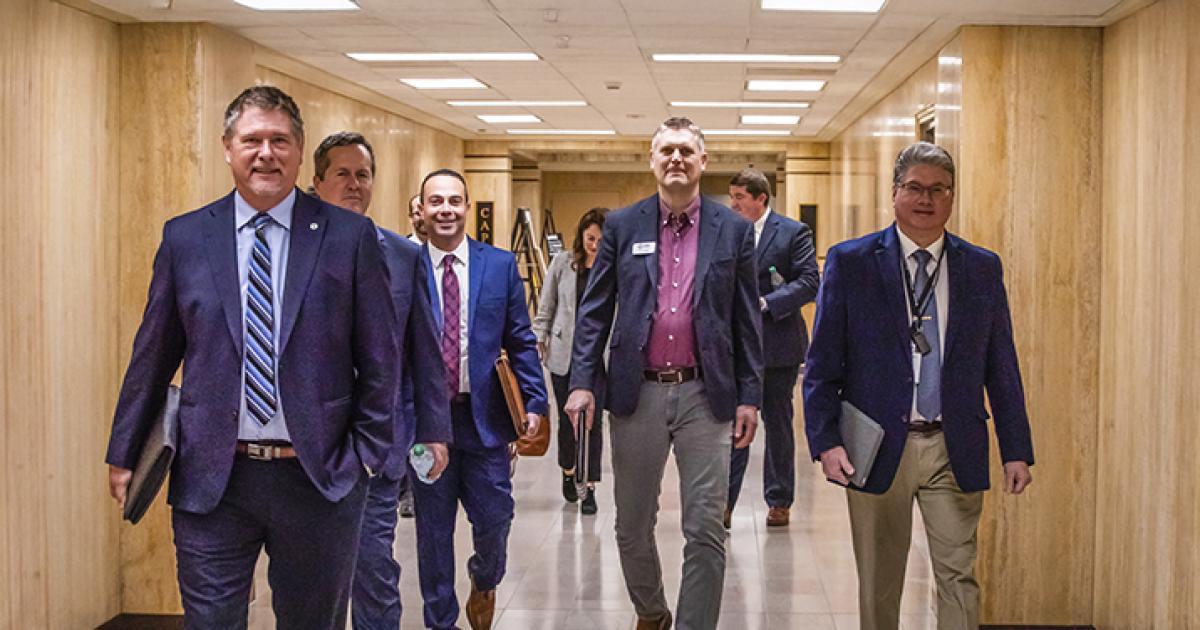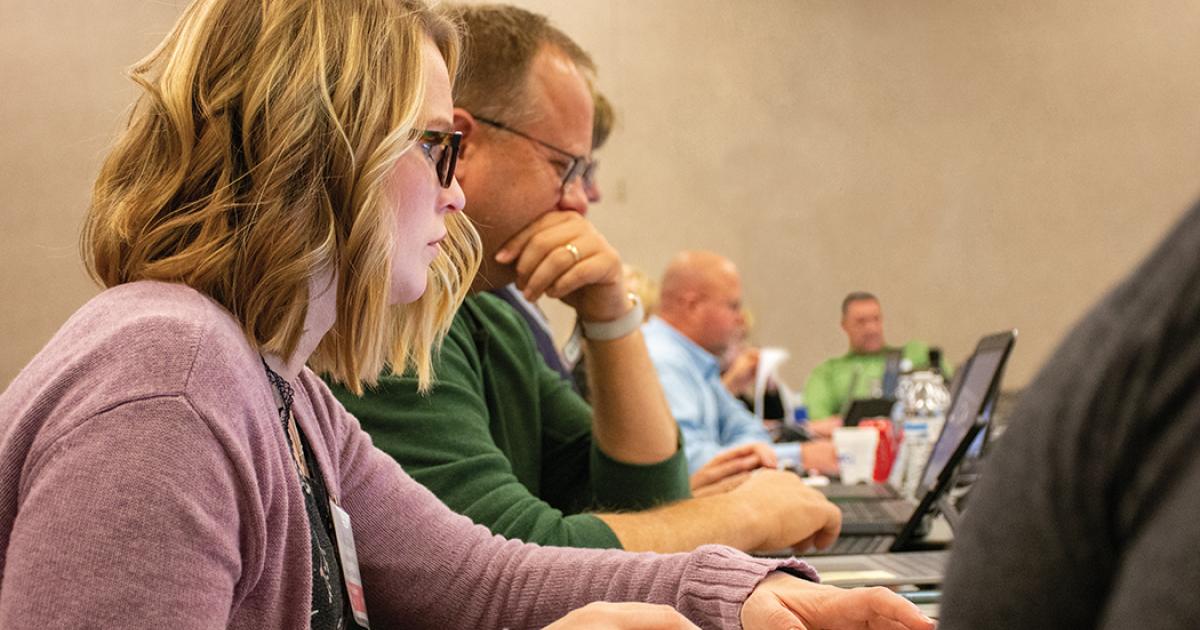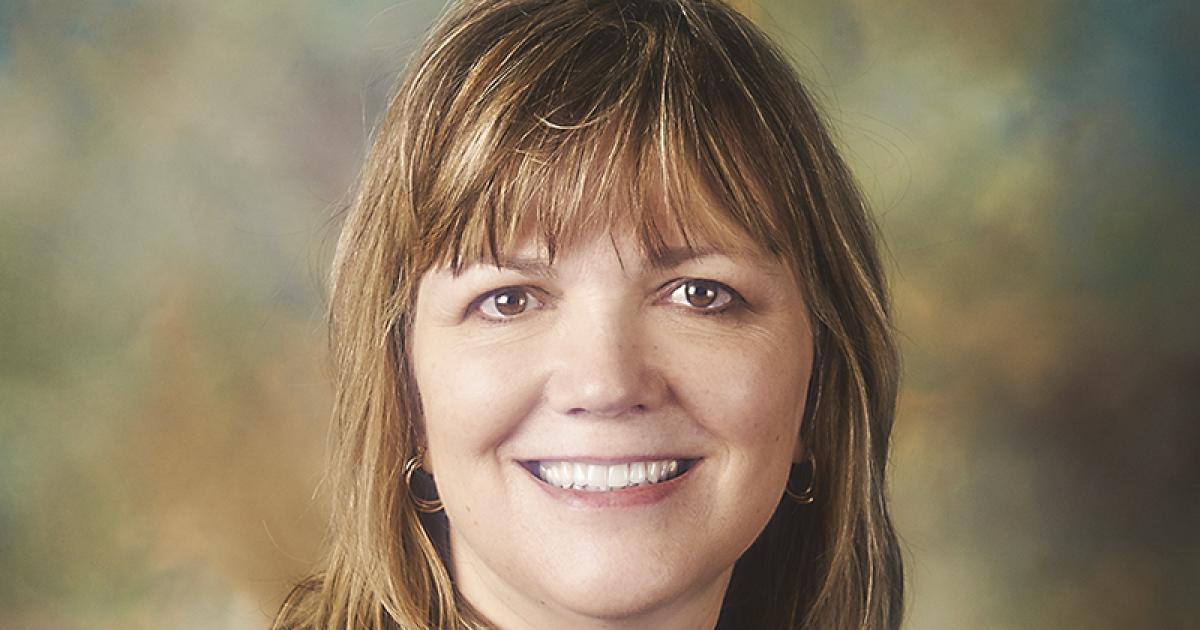Williston State College is known for leading students in northwestern North Dakota to transition readily to four-year college completion or to a thriving workforce segment. Over the course of the region’s recent economic boom – spurred by oil drilling activity – Williston State College (WSC) greatly enhanced its choices for students and its collaborations with booming businesses in need of human resources.
Academic offerings at WSC range from chemistry class, above, to diesel mechanics, right.
“We say we have a three-legged stool,” says Dr. John Miller, WSC president. Miller is referring to the three-part mission traditionally advanced by community and two-year post-secondary colleges. One part of the mission is to prepare students for transferring with two years of WSC coursework, and an associate’s degree, to a four-year-degree granting institution; the second part of the mission is to award two-year degrees designed to produce graduates ready to enter the workforce; and the third part of the mission is short-term technical education, designed to produce skilled workers in high demand by area businesses and organizations.
Miller assumed the WSC president’s post last June, stepping into that position from the college’s vice president of academic affairs post he held since 2015. Miller is a career educator of more than 30 years, completing undergraduate and doctoral studies at the University of Idaho. He has held administrative positions at both collegiate and high school levels in Idaho.
Growth in technical education
“While, over the years, our primary function has been to serve transferring students,” Miller says, “over the last five or six years that started to change and we have more students involved in career and technical education.”
Miller points out that TrainND programs currently serve the largest segment of the WSC student population. TrainND is a statewide job training collaboration, supported and used extensively by employers. The program works with colleges on specific job skills development programs. In addition to WSC, colleges involved with TrainND include: Lake Region State College, Devils Lake; North Dakota State College of Science, Wahpeton; and Bismarck State College, Bismarck.
Miller points out, in recent years, WSC has been able to serve training niches in the areas of petroleum production and agricultural enterprise. These programs address workforce needs not in the scope of the petroleum and agricultural production education being done at other higher education locations in the state.
“When Williston State started its petroleum technology program, a big part of that was for what we call ‘lease operator,’ which is about managing and running a drilling site, and an extraction operation,” Miller says.
“Now there has been a shift to technology programming and communications, where control of drill rigs is done from a remote command center. So that’s a new skillset for us to train technicians.”
Similarly, WSC has recently formulated a new offering in agriculture business and industry. Miller says this was done in recognition of the major role agriculture – farming and ranching – plays in the region WSC serves. It is also designed to impart skill and performance training in businesses closely allied with production agriculture.
“We are looking at the industries that support the production of crops and livestock,” Miller says. For example, he says financial lenders and farm implement dealers need knowledgeable workers, so training in these areas are elements in the WSC program. Miller adds that WSC training in agricultural business also integrates perspectives from energy industry training, such as transportation systems, heavy equipment operation, land utilization, and water and air quality.
Focus on individual learning success
Miller emphasizes that while keeping industry training – and college degree completion – programs current, and maintaining enrollment in their programs, individual student success is a high priority.
“It’s an old notion – but one we need to keep reminding ourselves about – and that is learning is an intensely individual and personal experience,” Miller says. He says the act of processing and grasping information is different for everybody, so teaching subject matter needs to take that into account.
“We've got to deal with multiple learning styles and multiple backgrounds and varying understandings of technology and use of technology, different age groups, different ethnic groups, primary English learners and secondary English learners,” he says.
Miller says information technology tools provide valuable platforms for students, and teachers, to access and share information. By the same token, he says educators are seeing that young adults are immersed in the digital world, so educators are responding by strengthening efforts to impart social and community participation skills.
Miller describes many young people arriving at WSC as “digital natives.”
“They didn't grow up with close friends and interpersonal skills,” Miller says, “they grew up communicating with a one-on-one device with somebody that they didn't see or maybe didn't see very often. So there's a need for us to train students to be able to work with other people and to be functioning and productive members of a group and of a community.”
Armed with the career, and social skills Miller says WSC fosters, the goal is for WSC graduates to take those skills to the region’s communities, those of western North Dakota and eastern Montana.
“For the economic health of this part of the North Dakota, and North Dakota in general, we don't need folks that are going to come here and work for two weeks and leave and go back home or somewhere else,” Miller says. “We need people that are going to move here, have their homes here, have their business here, and they may work in the energy sector or somebody in their family may work in the energy sector or in supporting businesses.” He adds that formulating training and education programs at WSC is driven by this need.
Near future: evening offerings, industrial creations
For the future, Miller envisions the WSC campus developing learning and job certification programs which will be evening offerings, targeted at those who work days. He points to areas such as welding training for those already employed in the construction trades, or paramedic training for those who are already involved in emergency first response work.
He also expects more WSC offerings in the area of fabrication and design. He said creating devices, structures and resources for business and industry – aided by advancing technology – will stay in high demand. “If you can do those two things – if you can design something, and you can fabricate it – those are skills that take you to almost every industry segment and make you employable in almost any kind of situation.”
Miller looks to the future of the northwest sector of North Dakota – WSC’s home region – with optimism.
“I think it’s a story of growth,” Miller says. “It’s not going to be wild, unbridled growth. I think it’s going to be based on the growth of jobs, and the growth of our industries.” He sees this sector of the state as being a center of change and innovation, especially in the energy sector.
He adds that the youthfulness of northwest North Dakota residents is also very encouraging.
“Another thing that most people probably don't realize about this part of the state is just how young we are,” Miller says. “I think the average age in Williston is like 34 in maybe 31 in Watford City, right now. That's amazing that you have that many young people, and great minds and great training and great prospects - all in the same place at the same time.”
Kent Brick is editor of North Dakota Living. He can be reached at kbrick@ndarec.com.










